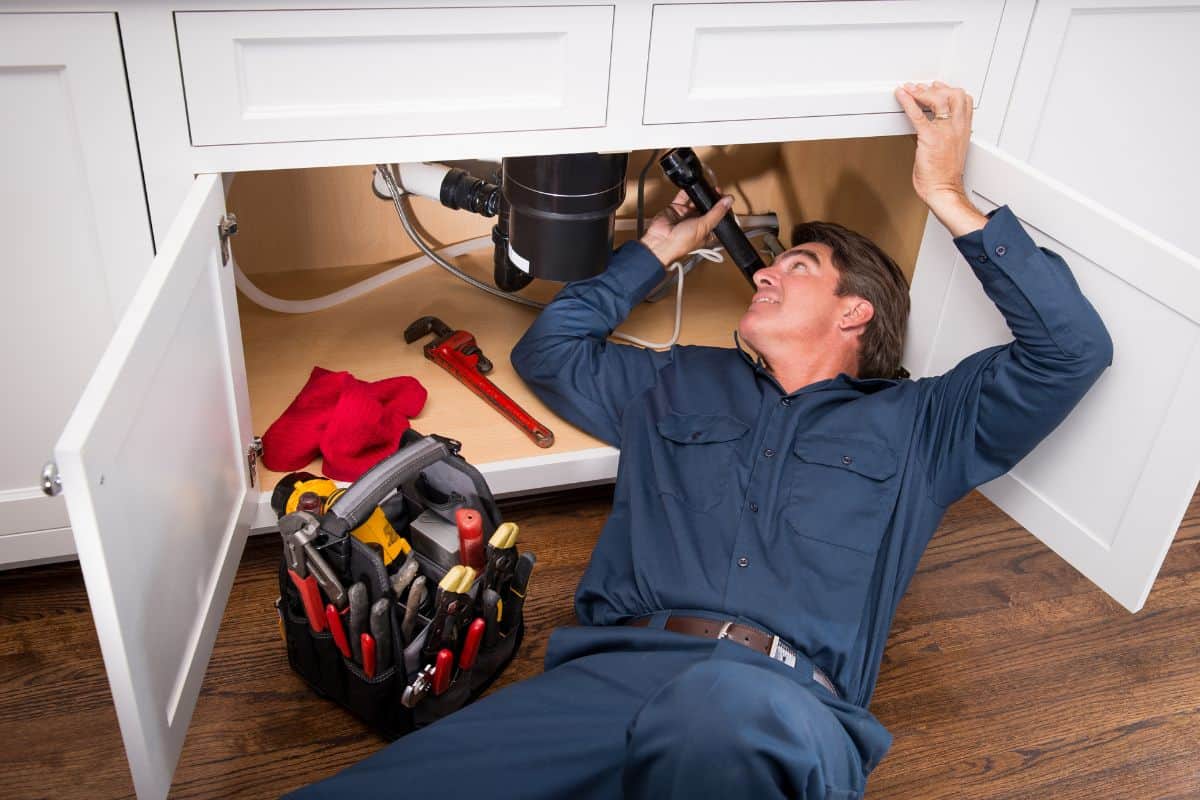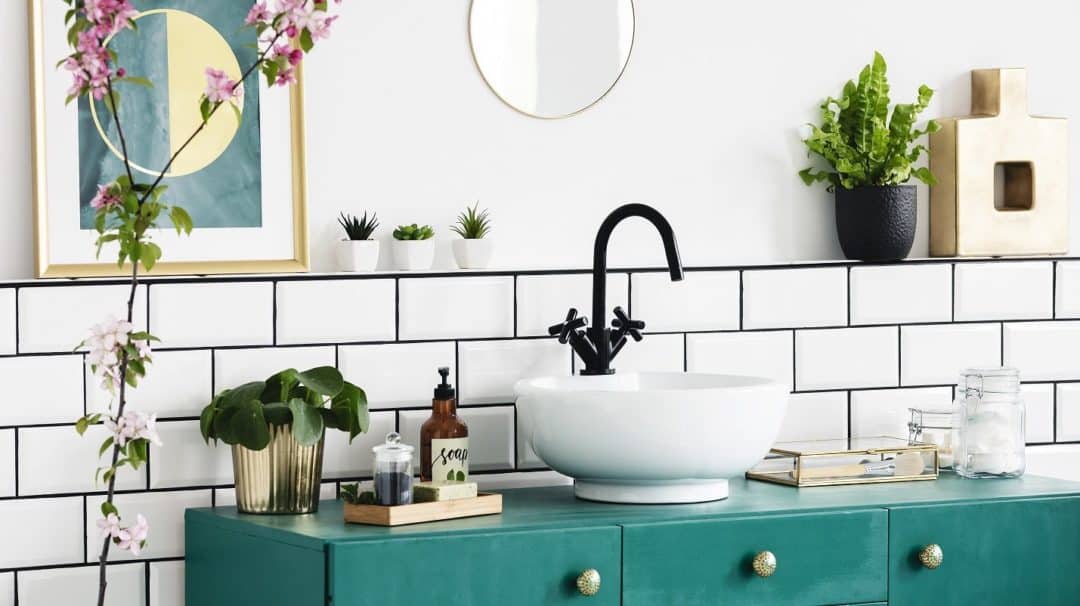Examining the Upcoming Phase of Plumbing: Trends and Breakthroughs
Examining the Upcoming Phase of Plumbing: Trends and Breakthroughs
Blog Article
Have you been interested in related information involving The Future Of Plumbing: Trends And Technologies To Watch?

Intro
The pipes market is undergoing a transformative stage driven by technical advancements and expanding problems for sustainability and effectiveness. This short article explores emerging trends and developments forming the future of plumbing.
Smart Plumbing Equipments
Including wise innovation right into pipes systems allows remote surveillance, leakage discovery, and automated maintenance. Smart sensors and IoT (Net of Things) devices enable property owners and plumbing professionals to check water use and discover concerns in real-time, bring about much more efficient resource management and aggressive maintenance.
Water Performance Solutions
With raising emphasis on water conservation, innovative solutions are being developed to minimize water wastage in pipes systems. High-efficiency components, greywater recycling systems, and smart irrigation controllers are amongst the technologies assisting consumers decrease their water footprint while keeping convenience and benefit.
Lasting Materials
The change towards sustainability encompasses pipes materials, with an expanding choice for environment-friendly options. Biodegradable piping materials, such as PEX (cross-linked polyethylene) and HDPE (high-density polyethylene), offer toughness and resistance to deterioration without jeopardizing environmental stability.
Predictive Maintenance
Predictive upkeep strategies leverage information analytics and artificial intelligence formulas to expect and protect against plumbing issues prior to they happen. By assessing historical information and efficiency metrics, predictive maintenance algorithms can recognize patterns and anomalies, making it possible for proactive treatments to stay clear of expensive repairs and disturbances.
Increased Reality in Pipes
Enhanced Reality (AR) modern technology is revolutionizing pipes by offering service technicians with real-time aesthetic support for troubleshooting and fixing tasks. AR-enabled clever glasses or mobile applications overlay electronic information onto the physical setting, helping plumbers imagine pipeline designs, determine hidden leakages, and execute repair services with accuracy.
Impact of 3D Printing
The arrival of 3D printing has actually presented new possibilities in manufacturing pipes parts. From custom-designed fixtures to intricate pipeline installations, 3D printing permits fast prototyping and on-demand production, decreasing preparations and enabling better personalization in plumbing design.
Health and Safety Qualities
In action to increased worries for health and safety, plumbing fixtures are including attributes such as antimicrobial surfaces, touchless operation, and self-cleaning mechanisms. These developments not just boost health yet likewise advertise customer convenience and benefit.
Hygiene-focused Fixtures
Touchless faucets, self-sanitizing toilets, and antimicrobial surfaces are ending up being progressively common in household and business settings, lessening the risk of bacterium transmission and promoting a cleaner, much healthier environment.
Water Quality Surveillance
Advancements in water top quality monitoring technologies make it possible for home owners to check the pureness and safety of their supply of water in real-time. Smart water top quality sensing units can identify contaminants, pH levels, and temperature variations, empowering users to take positive procedures to ensure water safety.
Remote Pipes Solutions
Remote diagnostics and digital aid are reinventing the method pipes services are provided. Through video clip conferencing and remote access innovations, plumbers can repair problems, offer guidance for DIY repair services, and even carry out remote assessments, offering higher ease of access and ease to property owners.
Obstacles and Opportunities
While pipes technologies hold tremendous promise, they likewise existing challenges such as information privacy worries, regulatory compliance, and the need for labor force training. Dealing with these challenges calls for collaboration in between industry stakeholders and governing bodies to make certain risk-free and accountable execution of new technologies.
Governing Landscape
Regulatory structures play a crucial function fit the fostering of pipes advancements, with standards and codes governing every little thing from water efficiency to item security. As modern technologies remain to evolve, regulative bodies need to adjust to make sure consumer security and environmental stewardship.
Future Outlook
The future of pipes is characterized by continued technology and assimilation with various other fields such as IoT, renewable energy, and building automation. By accepting sustainable methods, leveraging emerging technologies, and focusing on user-centric design, the pipes industry is positioned to address the progressing needs of culture while minimizing its environmental footprint.
Verdict
In conclusion, the future of pipes is defined by a convergence of innovation, sustainability, and user-centric layout. By embracing smart remedies, lasting materials, and aggressive upkeep practices, the plumbing industry can boost efficiency, promote safety and security, and contribute to a much more lasting future.
Plumbing Industry Trends You Need To Know
Smart technology in plumbing
Homeowners want to be able to manage their homes from their phones. The technology exists to make that happen. From smart toilets to leak detector devices, the whole plumbing system can be managed on an interconnected network made up of sensors, IoT devices, and machine learning algorithms.
This allows for wireless control to turn appliances on and off, automate routines, and access advanced monitoring to track water usage and flag potential issues. Smart technology streamlines water consumption, maintenance and energy usage, creating a more efficient system.
Green plumbing
The data analysis possible with smart technology not only improves convenience and cost-effectiveness but also fulfills a high-priority customer desire – sustainability. Consumers are very aware of their impact on the planet and want plumbing solutions to reduce damage and support sustainability. Eco-friendly plumbing solutions are already starting to emerge.
Customers can opt for low-flow toilets, water-saving faucets, and connections to sustainable energy sources. Beyond monitoring water consumption, customers can conserve water through the installation of greywater systems. This is a system that collects water that has been used but is still clean enough for some household uses such as toilet flushing.
Shorter product pipeline
To keep up with modern plumbing, plumbers need modern tools that enable them to complete jobs more efficiently. One technology making strides in this area is 3D printing. By 3D printing key plumbing fixtures, plumbers can reduce wait times even for specialized fixtures. It minimizes delays often seen in traditional manufacturing that frustrate customers and prevent plumbers from taking on more work.
Off-site repairs
Augmented reality is making a splash in many industries including plumbing. Plumbers can map a building online so they can explore the plumbing system through augmented reality, identifying areas of maintenance and repair completely digitally. This technology can be applied quite widely in plumbers’ work including planning installations and training new recruits. It’s safer, smarter and more efficient.
Low-footprint materials
Another way for plumbing companies to reduce their environmental footprint and meet the customer demand for sustainability is by using recycled materials in their work. The products they source and manufacture such as pipes, fixtures and faucets can be made from recycled materials. This saves the planet while being just as effective.
Onsite water purification
Additionally, plumbing companies can be advocates of water conservation and ease the financial and environmental concerns of customers by offering water purification systems. New water purification technology such as reverse osmosis systems and UV systems make it possible for homeowners and business owners to thoroughly cleanse water, removing contaminants onsite. This means the water can be safely reused in more ways than greywater can be, establishing a water recycling loop.
Tankless water heaters
Another innovation of modern plumbing is tankless water heaters. The idea is that the water is heated on demand as it runs through the system instead of being heated in a water tank. This is more energy efficient and therefore cost-effective and eco-friendly because water isn’t heated needlessly.

As an avid reader about 7 Plumbing Industry Trends You Need To Know, I assumed sharing that excerpt was a good idea. Sharing is good. You never know, you may just be helping someone out. We thank you for your readership.
Contact Report this page